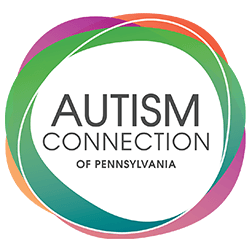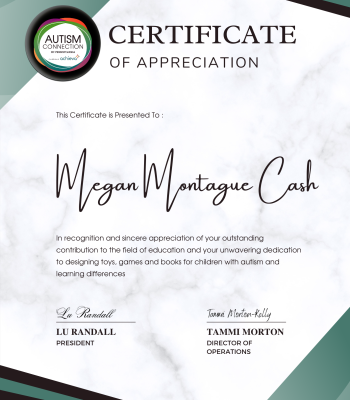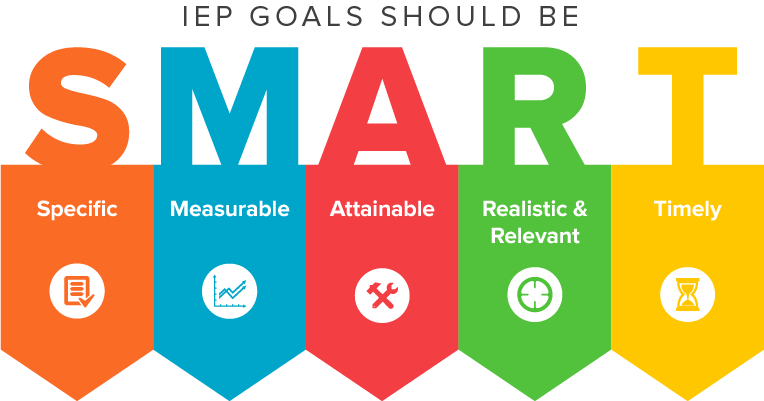Running an organization that accommodates volunteers with autism or hidden disabilities requires understanding, empathy, and flexibility. Here are some tips to create an inclusive and supportive environment for all volunteers:
- Educate all staff and volunteers: Provide training to all staff and volunteers about autism and hidden disabilities. This can help create awareness and promote understanding among team members.
- Flexible scheduling: Be open to flexible scheduling to accommodate volunteers’ needs. Some volunteers may thrive with consistent schedules, while others may prefer varied hours to avoid sensory overload.
- Designated quiet spaces: Create designated quiet spaces where volunteers can take a break if they feel overwhelmed or need some time to recharge.
- Clear communication: Use clear and concise communication, both in person and in written instructions. Avoid figurative language or ambiguous directions, as some people with autism may struggle with interpreting them.
- Visual aids: Use visual aids, such as charts, diagrams, or picture schedules, to help volunteers understand tasks and processes. Visual cues can be beneficial for those who have difficulty processing verbal information.
- Buddy system: Implement a buddy system pairing volunteers with autism or hidden disabilities with experienced and understanding volunteers. This can provide additional support and make the volunteering experience more enjoyable.
- Task preferences: Allow volunteers to express their preferences for specific tasks they feel comfortable doing. Tailoring assignments to individual strengths can increase motivation and confidence.
- Sensory considerations: Be mindful of the sensory environment. For example, dimming bright lights, minimizing loud noises, or providing noise-cancelling headphones can create a more comfortable atmosphere.
- Regular breaks: Schedule regular breaks for all volunteers, ensuring they have time to rest and recharge as needed.
- Positive reinforcement: Recognize and celebrate the efforts and contributions of all volunteers. Positive reinforcement can go a long way in boosting self-esteem and encouraging continued participation.
- Accommodate communication preferences: Some people with hidden disabilities may have specific communication preferences (e.g., email, text messages, or written notes). Be willing to accommodate these preferences to facilitate effective communication.
- Encourage feedback: Create a culture that encourages open feedback from volunteers about their experiences and any additional support they may need.
- Avoid sensory overload: Limit the number of simultaneous tasks or activities that volunteers are expected to handle. Overloading the senses can be challenging for individuals with autism or hidden disabilities.
- Patience and empathy: Above all, approach each volunteer with patience and empathy. Recognize that everyone has unique needs and challenges, and a supportive and understanding attitude can make a significant difference.
By implementing these tips, you can foster an inclusive and adjustable environment where all volunteers can contribute their skills and feel valued in an organization’s mission.























